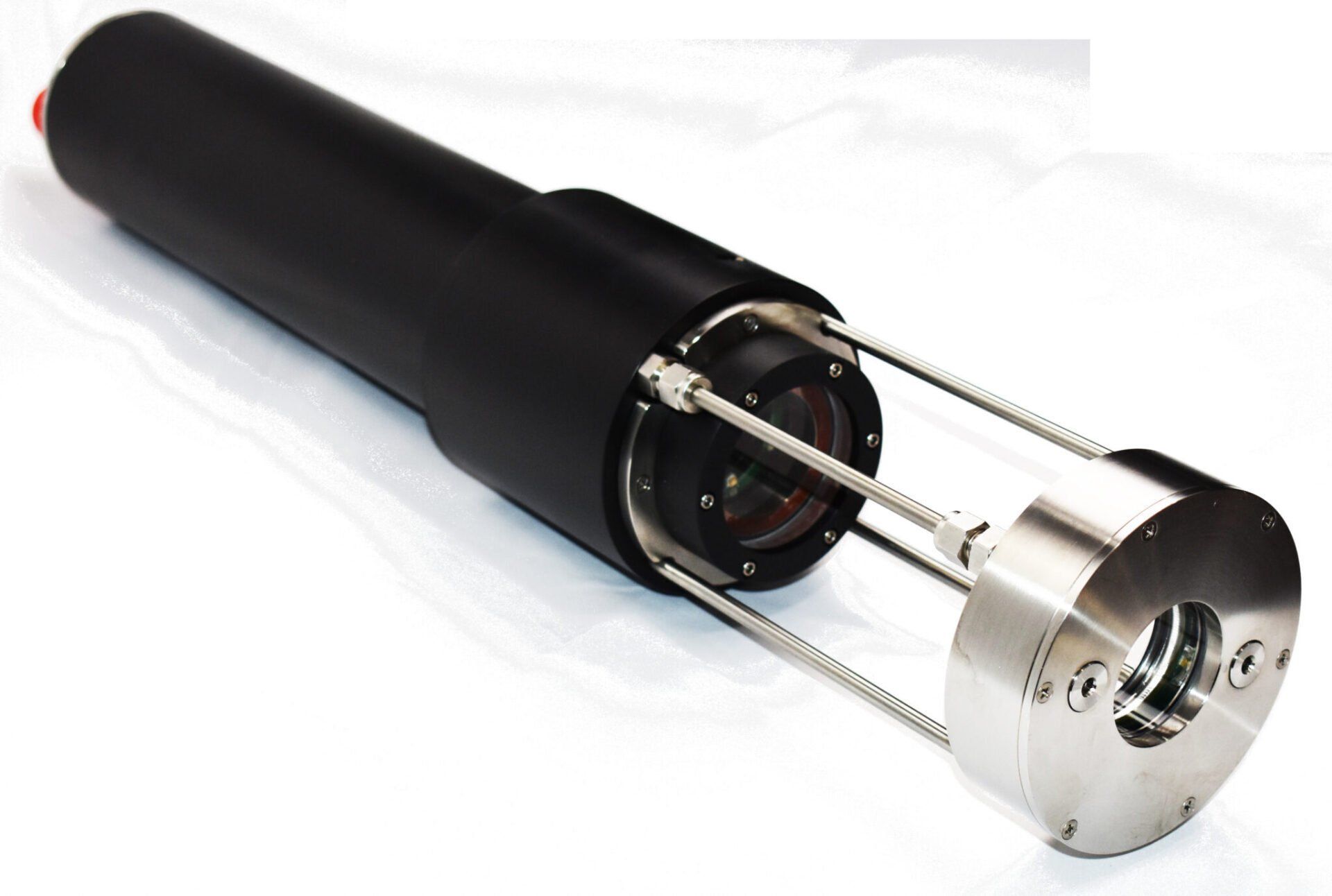CPICS - Continuous Particle Imaging Classification System
Our Continuous Particle Imaging and Classification System (CPICS) is an underwater microscope that produces unprecedented results for in-situ aquatic microscopy of seawater, freshwater and laboratory samples. Using darkfield illumination, the CPICS-1000-e captures high-resolution color images, showing features as small as 10µm and as large as several cm.
Color information is key to high-accuracy classification while also providing important physiological information such as pigmentation due to grazing on phytoplankton.
Because of its open-flow approach to water sampling, the delicate structures of plankton and particles remain intact as do predator-prey interactions.

Deployments
The CPICS-1000-e underwater microscope is our latest development, which features embedded processing and region of interest (ROI) extraction. Stand-alone deployments on CTD Rosettes and autonomous platforms or vehicles – from large research vessels to row boats – make CPICS-1000e an indispensable tool for researchers and resource managers alike.
ROImanage - Image Data Management Software
The ROImanage software product is a browser-based
application used for manually categorizing images that are
collected by the CPICS family of instruments. Users can create an unlimited number of named categories into which they can drag and drop images to create data sets for further analysis or for viewing based on search criteria. ROImanage is also the base application with which our automated classification software module ROIclass operates.
Plankton Diversity
Biodiversity on 22 species of plankton classified automatically using deep learning. A CPICS-(508) 472-5520x was installed on an OceanCube Observing system and deployed at Habu Research Station, Oshima Island, Toyko, Japan as part of the CREST project, Professor Hidekatsu Yamazaki, PI.
Images were transferred to WHOI in real-time and classified using the DICE Deep Learning product provided by COV. Note the decrease in biodiversity in the fall of 2014 but not in 2015, suggesting environmental conditions are changing.














